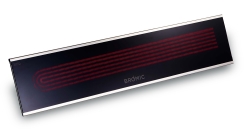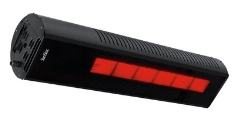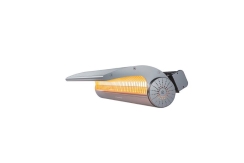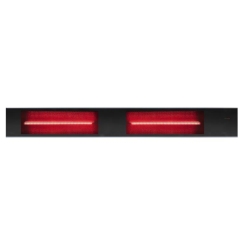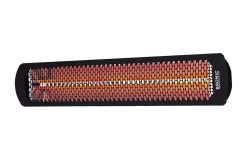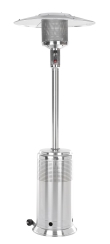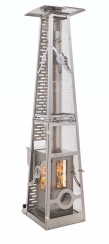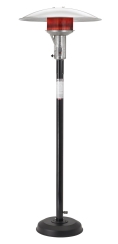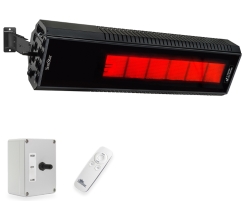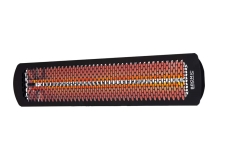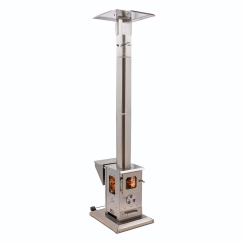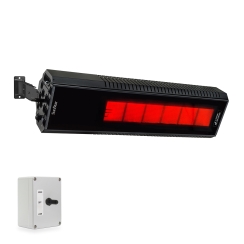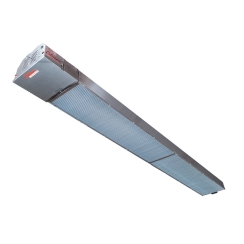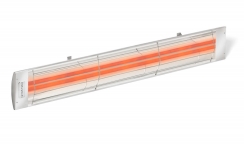Patio Heaters
Displaying 1–20 of 289 items

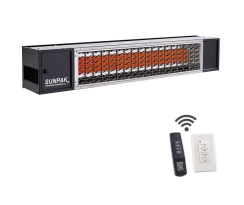
Have questions?
Our NFI-certified experts are here to help!Related Articles
Customer Q&A with Product Specialists
Thank you for reaching out!
Thank you for your interest in our products. We've received your question and will get back to you shortly — usually within the hour but always within 1 business day. To ensure you receive our response, please add our email address (info@efireplacestore.com) to your email whitelist or address book.
In the meantime, while we prepare our response, keep an eye on your inbox for an email from us. We'll be sending you our exclusive Buyer's Guide, packed with valuable information to assist you in making the best decision for your needs.
If you have any further questions or need immediate assistance, feel free to reach out to us directly at 1-800-203-1642.
Thank you again for choosing eFireplaceStore.com!
About Patio Heaters
When temperatures drop, a patio heater can be a great way to keep spending your time outdoors. But looking at all the patio heaters available, there is a lot to consider. Do you want a propane patio heater? What about a natural gas patio heater? If you want to know more about an outdoor patio heater, check out our Patio Heaters Buyer's Guide to learn all about your future electric or gas patio heater.

